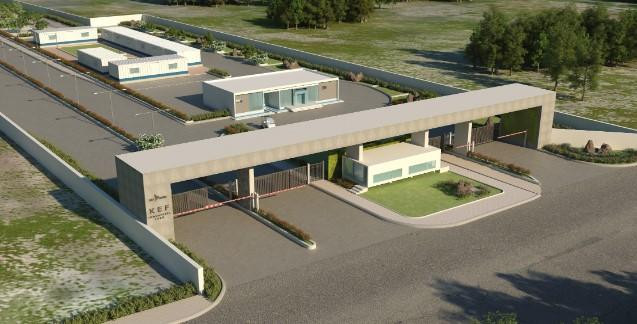In recent years, the construction industry has witnessed the emergence of innovative technologies that are transforming traditional building methods. One such technology is 3D volumetric construction, which involves the prefabrication of three-dimensional modules off-site and their subsequent assembly on-site. This article delves into the world of 3D volumetric construction, exploring its benefits, applications, and potential to revolutionize the future of construction.
Understanding 3D Volumetric Construction
3D volumetric construction, also known as modular construction or off-site construction, is a process that involves the production of building components in controlled factory environments. These components, often referred to as volumetric modules or units, are complete three-dimensional structures that encompass architectural, mechanical, electrical, and plumbing elements. They are then transported to the construction site for final assembly, resulting in a fully functional building.
Advantages of 3D Volumetric Construction
One of the primary advantages of 3D volumetric construction is its efficiency. The controlled factory environment enables streamlined production processes, reduced material waste, and improved quality control. Additionally, since the modules are manufactured simultaneously with site preparation, the overall construction timeline can be significantly reduced. This method also offers enhanced flexibility, as the modules can be easily reconfigured or expanded to accommodate changing needs.
Applications of 3D Volumetric Construction
3D volumetric construction is well-suited for various building types and sectors. It has gained traction in residential construction, where modular homes and apartments can be quickly assembled with customizable layouts and designs. Additionally, the method is increasingly utilized in commercial projects, including offices, hotels, and student accommodations. Furthermore, it has proven effective in sectors such as healthcare, education, and hospitality, where time-sensitive construction and minimal disruption are critical.
Environmental Benefits
Sustainability is a significant concern in the construction industry, and 3D volumetric construction offers several environmental benefits. The controlled factory environment allows for efficient use of resources, minimizing material waste. The assembly process reduces noise, dust, and site disturbance, leading to a smaller carbon footprint. Furthermore, the ability to disassemble and reuse the modules promotes circular economy principles, reducing construction waste and conserving resources.
Challenges and Considerations
While 3D volumetric construction brings numerous advantages, there are certain challenges and considerations to keep in mind. Logistics play a crucial role, as transportation and on-site assembly require careful planning and coordination. Site conditions and access limitations may also impact the feasibility of using this construction method. Additionally, design and engineering considerations must be addressed to ensure the modules can withstand transportation, lifting, and assembly forces.
Technological Advancements
Technological advancements have further propelled the growth of 3D volumetric construction. Building Information Modeling (BIM) software enables precise design, coordination, and visualization of modular structures, optimizing efficiency and minimizing errors. Robotics and automation technologies enhance production processes, increasing productivity and quality. Furthermore, advancements in materials, such as lightweight composites and sustainable alternatives, contribute to improved module performance and durability.
Industry Adoption and Future Outlook
The construction industry is gradually embracing 3D volumetric construction as a viable solution to address productivity challenges and housing demands. Governments and industry stakeholders are increasingly recognizing the benefits of this construction method and promoting its adoption through incentives and supportive policies. As technology continues to evolve and construction practices evolve, it is anticipated that 3D volumetric construction will play a significant role in shaping the future of the industry.
For More Info:-
Precast Structural Consultants
structural precast services pune






Comments